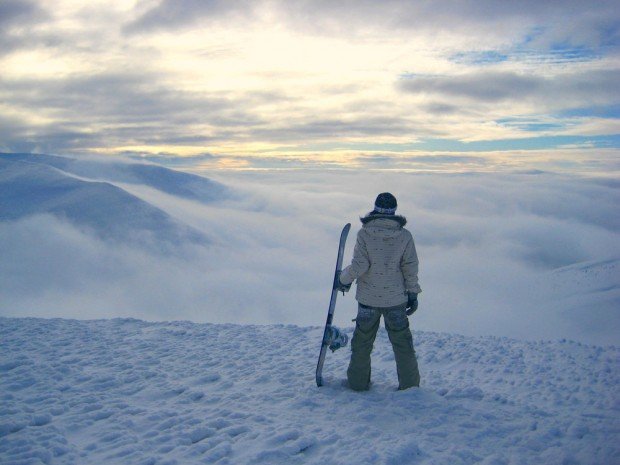The ultimate snowboarding packing guide
Whether you’re a seasoned veteran or a total newbie, the one thing that all good snowboarders do is prepare. This article is the ultimate snowboarding packing guide that will ensure you don’t forget a single thing you need.
Clothing
You can’t get far snowboarding without warm and reliable clothing. It’s essential to dress in layers so that you can add or subtract clothing as the temperature changes. Merino wool or thermal base layers are great for staying warm and dry. They are lightweight and retain heat even when wet. Layering also helps you to avoid overheating, which can be a killer on the coldest days.
T-shirts and other thin garments should only be worn as an outer layer if you want to wear them at all. Instead, wear a synthetic or woolen base layer that can retain warmth even when it’s wet.
If the weather is very cold then you should also consider wearing thermal underwear (long johns). Thermal pants and long sleeve shirts are good ideas too but aren’t necessary for everyone.
You’ll probably need gloves and a hat along with some type of face mask/balaclava (you may not think that face masks are that cool, but they sure do come in handy when you’re up to your eyeballs in snow)!
Don’t forget sunglasses. Getting snow in your eyes stings.
Polypropylene underwear is also another good choice as it not only insulates well but also wicks away any moisture from skin perfectly, leaving you with a comfortable layer of dry warmth.
Equipment
This is where you’ll need to do a bit of research as each snowboarding resort has slightly different rules and regulations. For example, some require that your board be no wider than 7 inches while others demand that it is less than 5 inches wide.
You’ll also want to double-check what type of equipment is allowed on the lifts – some resorts only allow snowboards while others permit skis and boards.
Don’t forget to shop around in order to get the best deals out there. You may want to head to a store or wait until you arrive. There are even amazing companies like HWY 40 Snowboard Rental that can deliver the equipment you need directly to your door. Make sure you check out the services in your area so you get the very best equipment available.
First aid kit
It’s a good idea to carry a basic first aid kit with you. In the event of an accident, it could mean the difference between life and death if you don’t have proper medical supplies on hand. You’ll definitely want some bandages for cuts and scrapes as well as sterile wipes for cleaning wounds. Also included should be antiseptic and sterile dressings. You should also take along a pair of latex gloves, tweezers for removing foreign objects from wounds, antibiotic ointment, and an emergency space blanket.
Travel insurance
While this one may not be a necessity for everyone, it definitely doesn’t hurt to have some insurance in place just in case something happens. Accidents do happen and you don’t want to be left footing the bill if they occur while you’re snowboarding. Make sure your travel insurance covers you for any activities that fall outside of the normal scope of your policy; otherwise, you might find yourself without coverage.
You’ll need to look for travel insurance that is geared towards winter sports so that it includes things like boarding and skiing.

